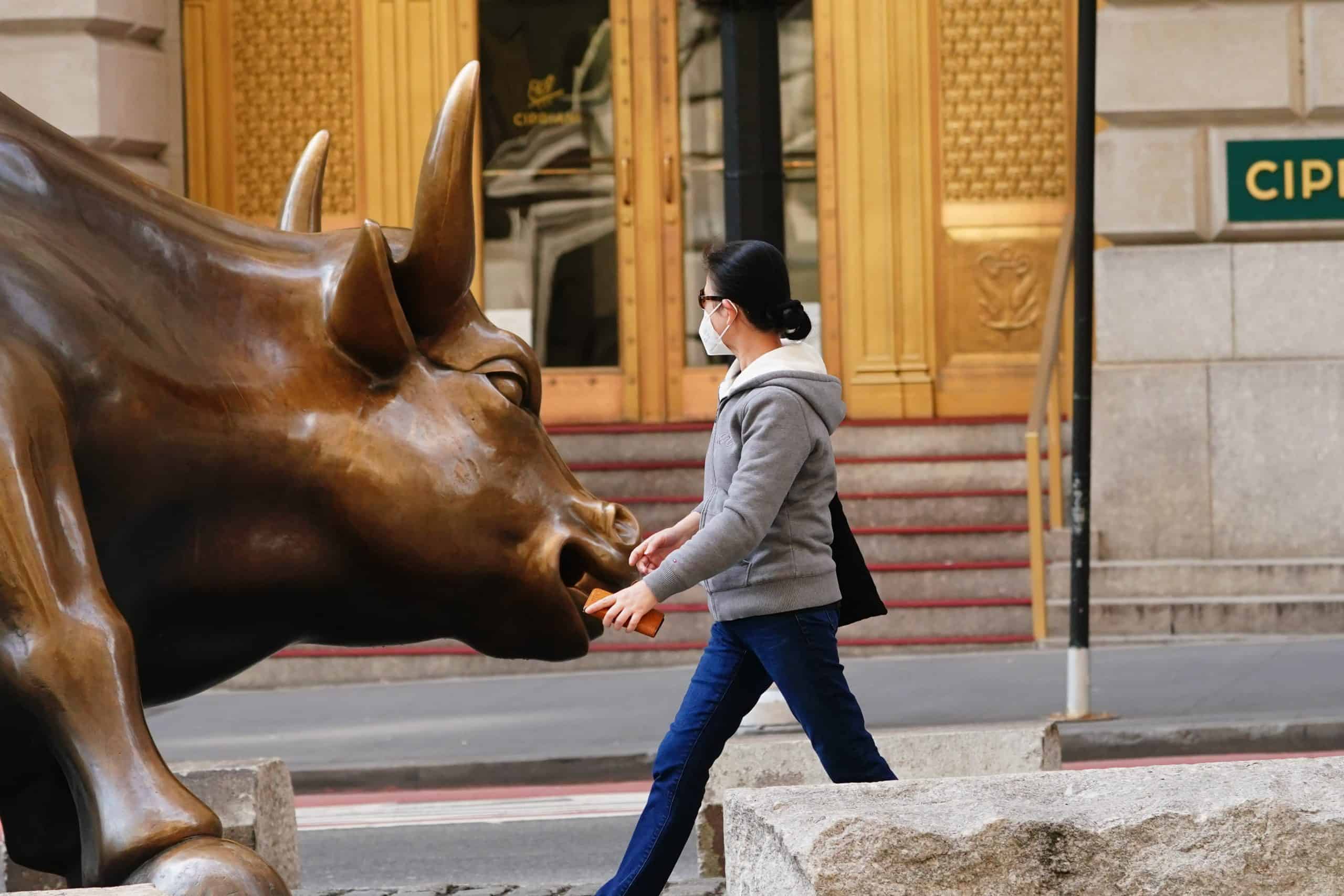Unprecedented demand for stocks.
That’s one major piece to the puzzle that is the current relationship between the U.S. stock market and the underlying economy, O’Shares ETFs Chairman and “Shark Tank” investor Kevin O’Leary told CNBC’s “ETF Edge” this week.
“Institutional demand for equities is unprecedented given there’s very few choices,” O’Leary said in a Monday interview. “Your fixed-income option of government bonds in the U.S. used to be something you’d … consider. That’s no longer an option.”
With U.S. interest rates near historic lows, investors have been forced to seek income elsewhere, O’Leary said, adding that as a result, large, relatively stable companies with dividend yields of 2.5-3.5% are becoming increasingly good bets.
“That’s a very attractive place to park money for the next 24 months, and you’re seeing a tremendous demand for it across the board,” he said. “It’s not the retail investor that’s driving this market. It’s institutional. I speak to them every day. And they’re saying, ‘What other choice do I have if my bogey over the next 12 months is 6%?’ There is no other choice.”
“Bogey” is financial jargon for the performance of a given benchmark, such as an equity index.
O’Leary added that he wouldn’t be surprised to see a coronavirus treatment or vaccine in as little as 18-24 months given recent advances in medical science.
Matthew Bartolini, head of SPDR Americas Research at State Street Global Advisors, said the recent market action suggests that investors are becoming “more selective.”
“You saw $15 billion of inflows into sector ETFs in April, with basically health care and tech, so XLV [and] XLK, … having the most flows on record in a given month because investors were indiscriminately picking out areas of the market that would perform best during a period of sluggish earnings growth [and] economic growth where those firms’ products and services are likely to be sought after,” Bartolini said in the same “ETF Edge” interview.
The XLV and XLK are SPDR’s S&P 500 sector ETFs tracking health care and technology stocks, respectively. The XLV is down about 2% year to date and the XLK is up just over 1%. The S&P has declined almost 12% in that time.
Recent inflows into beleaguered funds such as the U.S. Global Jets ETF (JETS) and the Energy Select Sector SPDR Fund (XLE) could also signal a spike in investor appetite for equities, Bartolini said.
“In February and March, we saw strong inflows in energy sector ETFs, but those flows were for investors wanting to go short. Short interest on XLE climbed to around 20% of its assets,” Bartolini said. “But here’s where the bottom-calling comes in: short interest has declined since then and it is now just around 11%.”
He saw a similar pattern occurring in the airline ETF and other commodity-based funds.
“Those strong flows alongside declining short interest point to bullish optimism on some of the more beaten-up spaces like energy,” Bartolini said. “You take those trends along with inflows in the sectors with strong earnings like health care and tech, and, to me, it shows that investors are picking their spots and buying the rally.”

